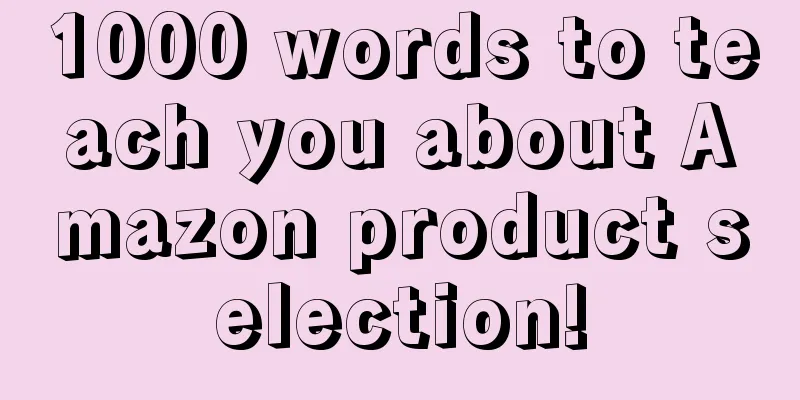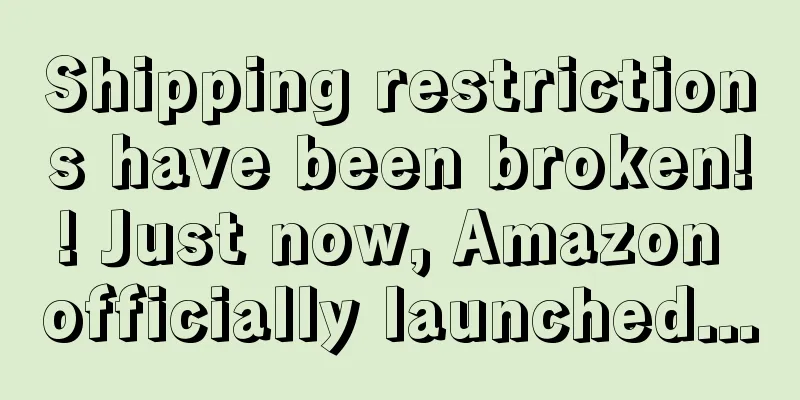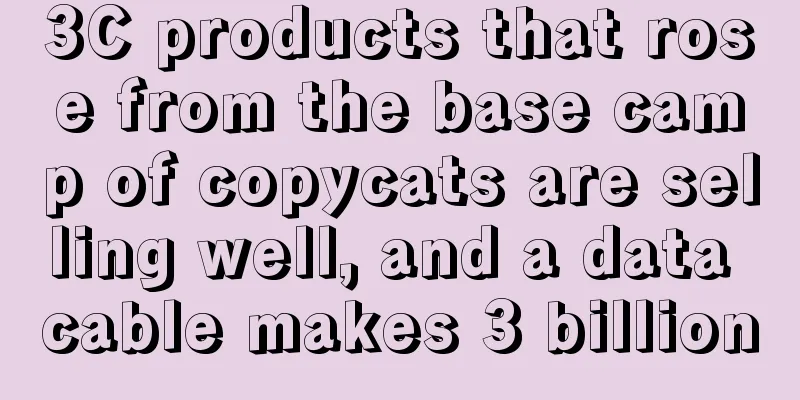1000 words to teach you about Amazon product selection!

|
For most Amazon sellers, product selection has always been a difficult problem. If product selection is done well, the store operation will have a foundation, and combined with marketing and traffic diversion, it will be much smoother. Every operator has his own opinion on product selection, which is also the first step in our product operation. Product selection comes from life and market demand. 1. Market situation analysis 1. Let’s take “plywood” as an example. Through the Google Trends query in SellerSprite, we can see that the search volume for this category is not very high, but it is also in the upper middle range. The search volume fluctuates little within a year, which shows that it is not a seasonal product. 2. Collect data from the top 100 products in this category, and then export the data for analysis. Through the data of these 100 products, I made the following summary: Price: The average market price is US$28, which shows that the price is just right, with room for operation, but not too high. Sales: The first place had daily sales of $940, and the market demand is huge. Category: It belongs to a small category, the ranking will improve quickly and it has a market. At the same time, competitors’ self-delivery rankings and sales are also good, and the market competition is low. Brand: The brand share is low and the market is not saturated. 2. Product Positioning When faced with products of different sizes and thicknesses, it is extremely important to make a market analysis on how to choose. In the plywood category, birch plywood accounts for the largest proportion, while MDF accounts for a small proportion; thicknesses of 3 and 6 mm account for the majority, and 3 mm also has more negative reviews, while MDF has very few negative reviews. Therefore, 6 mm birch plywood can be used for early testing. 3. Determine whether the category is feasible There are a lot of articles and courses about product selection every day, and the majority of sellers are also studying and researching tirelessly, and basically everyone can talk about it. For example, the product price should not be too low, the quality should be small, the volume should not be too large, the packaging should not be afraid of rough transportation, it does not require laborious installation, and the profit margin is high, etc. You may have discovered that the products that meet these conditions are either saturated markets with fierce competition, or small and unpopular product categories with only a few orders a day. Here I classify the content of product selection into the following four parts. 1. Profit first As a seller, I think as long as the profit margin is high enough, the audience is large, and it can be transported, regardless of the volume, rigid demand, or seasonality, all should be put aside. Note: The profit margin of the product not only needs to calculate the cost of picking up, shipping, and returning goods, but also needs to check the advertising bidding, off-site promotion and other costs. 2. Audience Recognition Your product must be within the scope of customers' cognition and be accepted by them. Many fancy products may be popular for a while, but they will soon disappear in the vast sea of commodities like fireworks. Products recognized by the audience may explode slowly, but they are stable, lasting and sustainable. 3. Differentiated product selection Products must have their own unique advantages. Seeking differentiation of advantages requires careful analysis of customer needs. The simplest way is to upgrade and optimize existing products on the market, which can not only enhance the market competitiveness of products, but also avoid some patent infringement pitfalls. Of course, you can also make a fuss about service and brand image, but try not to use price wars that harm others and yourself. 4. Product selection misunderstandings Attention all sellers friends!! 1. Serious product homogeneity 2. Ignoring user pain points 3. Follow the trend, such as the previous fidget spinners and other types of products 4. The method of analyzing reviews is wrong. Both positive and negative reviews need to be analyzed. Finally, I have compiled a list of product selection tips for everyone. Today's benefits |
<<: How to save yourself after Amazon images are tampered with by cross-site copycats
>>: Amazon keeps reporting errors when modifying titles, here is a solution!
Recommend
Cross-border Cloud Classroom丨How to do good cross-border e-commerce operation data?
As the proportion of younger generations among cro...
What is ABN? ABN Review
ABN (Australian Business Number) is a unique 11-di...
New Coupon policy takes effect!
text Recently, the new coupon pricing rules of Am...
Practical tips for promoting new products on Amazon
With the rise of cross-border e-commerce, Amazon, ...
Force sellers to lower prices? Temu opens bidding mode for the same product!
According to the latest global e-commerce shopping...
Government investigates Amazon! Sellers may be restricted from offering discounts
Amazon sellers are eagerly looking forward to Bla...
What is Bluetech Forum? Review of Bluetech Forum
Founded in 2012, Bluetech Forum, a subsidiary of B...
What is Brandalley? Brandalley Review
Brandalley is a French company and a famous French...
If you started Amazon in 2014, would you be successful?
Many people who graduated from second-tier and th...
What is Seller Dashboard? Seller Dashboard Review
Seller Dashboard can help sellers check the rating...
What is Camelizer? Camelizer Review
Camelizer is a plugin application for Google, Safa...
What is Zoom? Zoom Review
As a technology service provider dedicated to prov...
I have compiled for you all the knowledge points you want to know about Amazon global selling!
Focus on the front After fully understanding Amazo...
[Class Started] The third TikTok zero-based practical class is now open for registration!
Preface Hi, everyone. I am President Li from the ...









